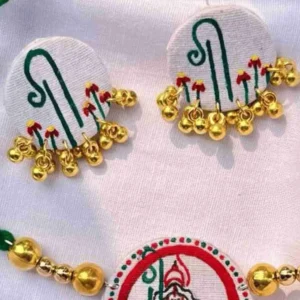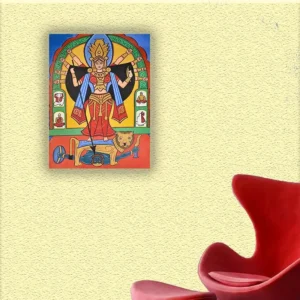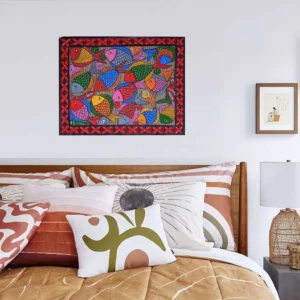What is Jute
Natural fibre with beautiful golden and silky fibrous shine; for this reason, jute is also known as The Golden Fibre. It is the cheapest vegetable fibre, that you can get from the skin of the jute plant stem.
Also, it is the 2nd most important fibre after cotton, in terms of its use, global consumption, production, and deliverability.
It is 100% biodegradable, eco-friendly and recyclable, which is a great help for mother nature. The most versatile natural fibre you will ever see is used to make packaging, apparel, construction, and various agricultural sectors.
The ultimate thing is, it helps to make the best quality yarn, fabric, brushes, net, and sacks.
The first-ever jute mill was started in 1856, with the first-ever production in Bengal. This is carried out as a versatile fibre and the cottage industries are booming into the market with a huge number of employment opportunities. More than 250,000 mill workers and more than 4 million farmers’ families are working to prepare jute into various fashionable products. Arrives from the earth, and merges back into the earth.
Properties of Jute
- Super strong natural fibres.
- High tensile strength.
- Lustrous.
- Low extensibility.
- Moderate heat and fire-resistant.
- Biodegradable.
- Maintains ecological balance.
Types of Jute
When jute blends with wool, the fabric is amazing. Caustic soda, softness, pliability, and appearance get improved
For general utilization, there are types of jutes :
- HESSIAN or BURLAP: Plain woven fabric of 5 to 12 ozs. a yard
- SACKING: For “heavy goods,” twill weave from 12-20 ozs. per yard
- CANVAS: Finest jute product to weave
- JUTE YARN and TWINE – The single strand jute yarn
Cultivation of Jute
Jute is a monsoon crop. It’s mostly cultivated in the areas
- Bangladesh
- India
- China
- Thailand
- Hessian cloth
- Sacking
- Scrim
- Carpet Backing Cloth
- Jute Canvas
Jute Fashion Eco-friendly gifts
- Eco-friendly Jute Bags
- Eco-friendly Jute Backpacks
- Jute stool
- Jute rope stool
- Jute sitting stool
- Jute flower vase
- Jute wall hanging
- Jute home decor
- Jute wall art
Sonajuri Arts & Its Eco-friendly Approach
Jute is chiefly used in making woven jute products which are no less than designer jute products. The jute fibres are woven into fashionable jute products like curtains, chair coverings, carpets, rugs, elegant jute packaging and a lot more are done.
Sonajuri Arts is on the path of taking the measure to preserve and protect this unique Jute weaving technique, by not only reducing the carbon footprint but also by encouraging more local artisans and teaching them about the technique, so that it never goes extinct. We decided that it is high time that traditional art forms should be reserved and awareness about them should be spread in urban spaces.
We believe that traditional art has to evolve to be able to sustain in the market and spread the knowledge, importance & history. And, Sonajuri Arts have been doing a lot to spread awareness about the art form, not only across the country but also internationally. We are trying to provide the weavers with a platform to promote their arts outside the state making it easy and accessible for people to learn.
Sonajuri Art’s main motive is to bring up the traditional art and culture of ancient India. It also aims to bring up the Jute weaving artisans and their families to get a better lifestyle which they deserve. Due to industrialization, all these artists are finding alternate ways of income, to avoid this Sonajuri art is providing them with a platform where





